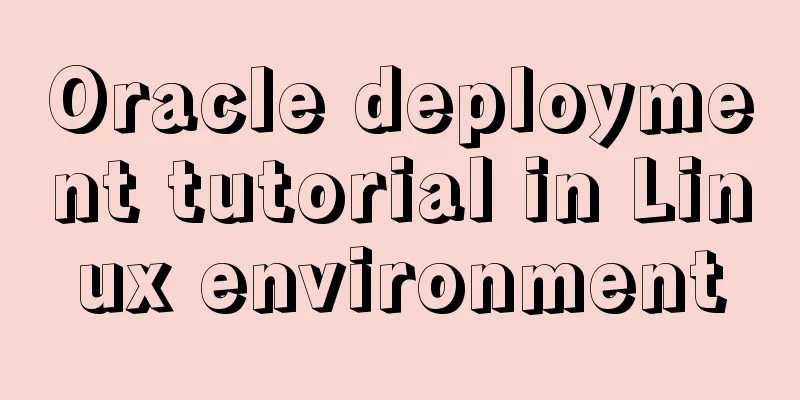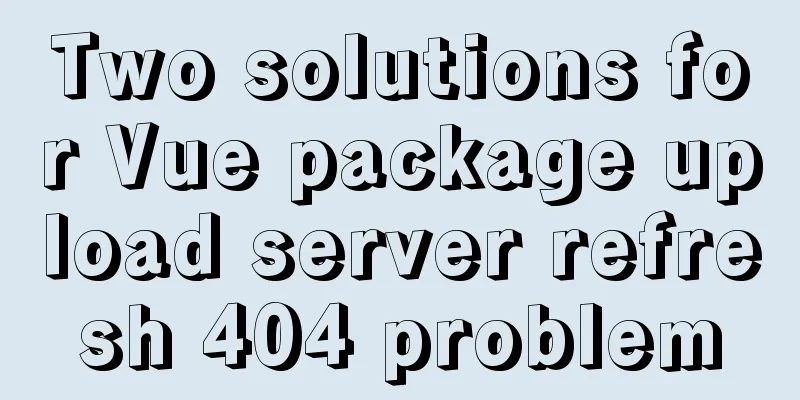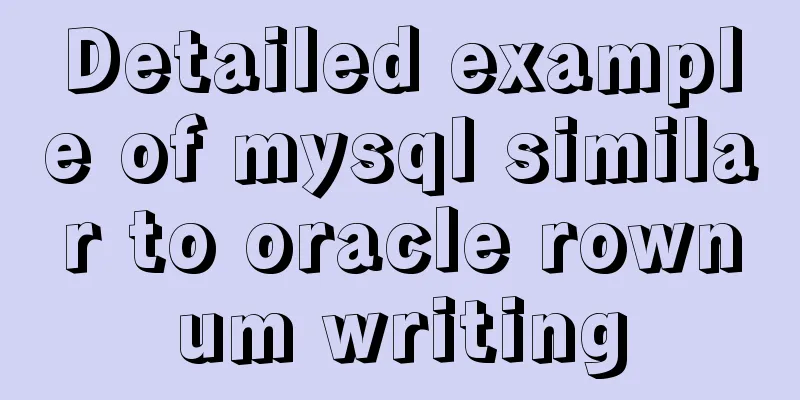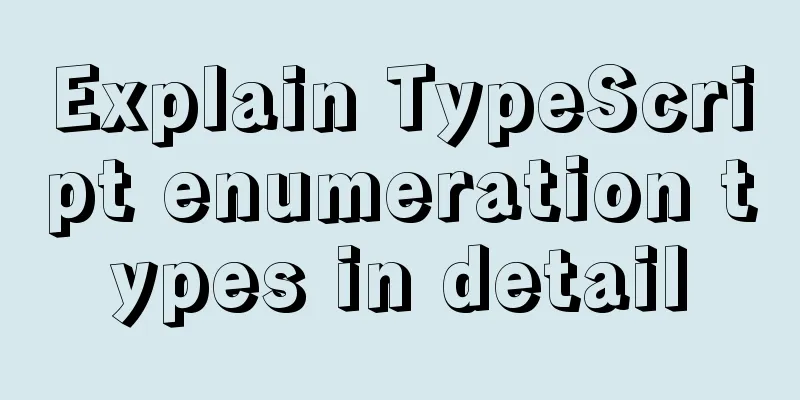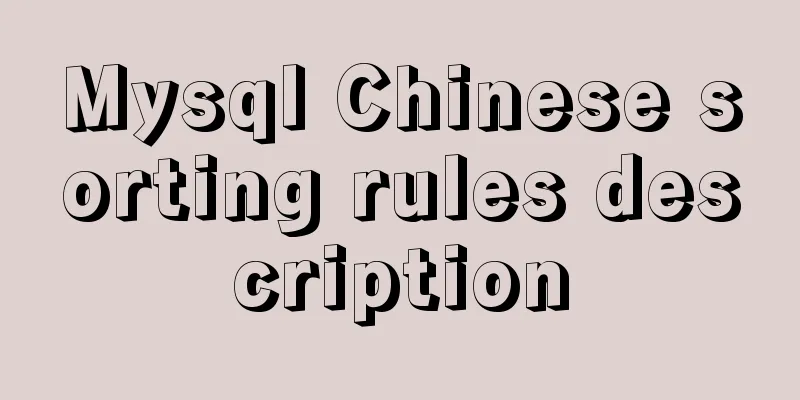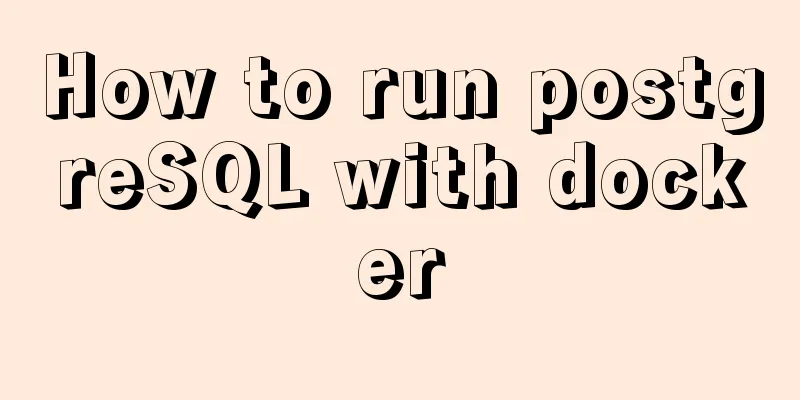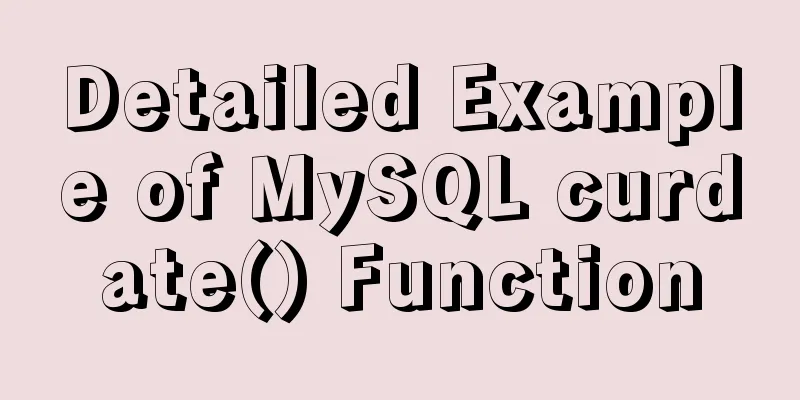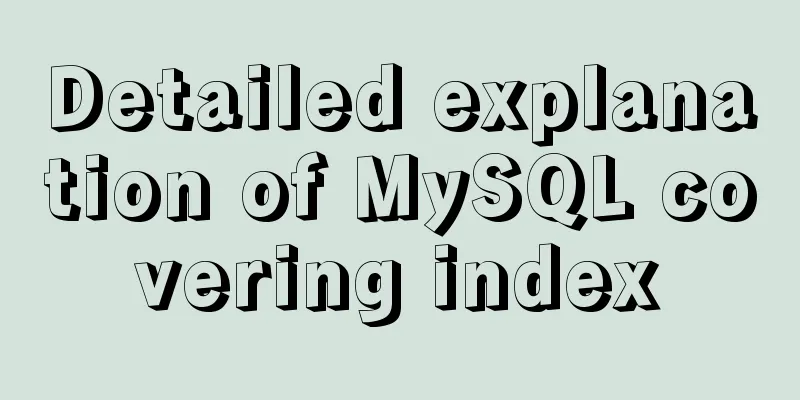Spring Boot layered packaging Docker image practice and analysis (recommended)
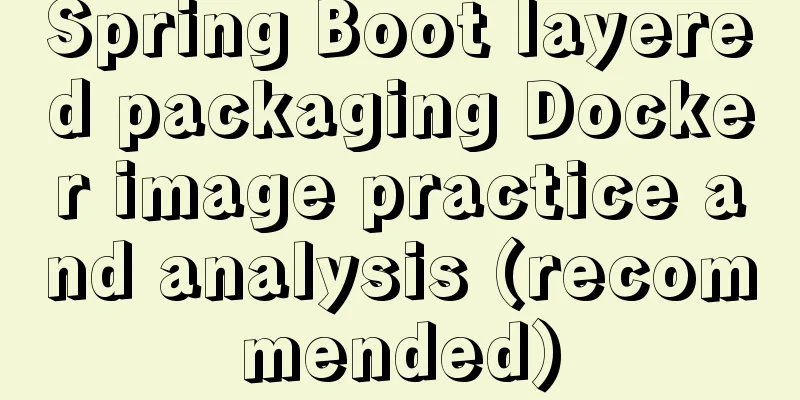
1. Prepare the Spring Boot project Simple, skip
2. Perform relevant configurationMany blogs on the Internet emphasize that you need to manually configure the pom.xml to enable layered packaging:
<build>
<plugins>
<plugin>
<groupId>org.springframework.boot</groupId>
<artifactId>spring-boot-maven-plugin</artifactId>
<configuration>
<!--Enable tiered compilation support-->
<layers>
<enabled>true</enabled>
</layers>
</configuration>
</plugin>
</plugins>
</build>In version 2.3.x, it is a new feature and needs to be manually configured and enabled. However, the current Spring Boot version (using version 2.6.1) does not require manual configuration and supports this feature by default. (According to some blogs, it is enabled by default after version 2.4.x) The current official documentation (version 2.6.0) also states that it is supported by default, but manual configuration is required only when this feature is not needed: The repackaged archive includes the
<project>
<build>
<plugins>
<plugin>
<groupId>org.springframework.boot</groupId>
<artifactId>spring-boot-maven-plugin</artifactId>
<configuration>
<layers>
<enabled>false</enabled>
</layers>
</configuration>
</plugin>
</plugins>
</build>
</project>3. package Execute
In fact, the essence is to use the repackage of the spring-boot-maven plug-in to get the complete jar package containing dependencies and the original jar package (the suffix .original is automatically added) classpath.idx
layers.idx
Verify again:
Layered information ok 4. DockerfileThe Dockerfile file is also relatively conventional. It just uses the jarmode command to decompress the jar package before packaging the image. Then, during the packaging process, different layers are copied in sequence, and the application layer with the greatest possibility of change is placed at the end. In this way, the previous layers that have no changes can directly use Docker's cache to improve packaging efficiency.
5. Application modification & dive analysis In fact, if you only package the image once, the advantages of layering will not be reflected, so you need to modify some content and then package it again (or multiple times, but the essence is the same, so only modify it once here)
Re-pack the jar package and re-image, so that two images are obtained:
Use dive to analyze the two images:
It can be found that until the application layer (application/application/) is changed, the Id and Digest of the layers on both sides are exactly the same, so these layers can be reused, and the same layer will only be stored individually in the docker directory, which can greatly reduce the time for container compilation and push. This is the end of this article about the practice and analysis of Spring Boot layered packaging Docker image. For more relevant Spring Boot layered packaging Docker image content, please search 123WORDPRESS.COM's previous articles or continue to browse the following related articles. I hope you will support 123WORDPRESS.COM in the future! You may also be interested in:
|
<<: In-depth understanding of the seven communication methods of Vue components
Recommend
Detailed explanation of Docker common commands Study03
Table of contents 1. Help Command 2. Mirror comma...
CSS code to distinguish ie8/ie9/ie10/ie11 chrome firefox
Website compatibility debugging is really annoyin...
Detailed explanation of the implementation steps of MySQL dual-machine hot standby and load balancing
The MySQL database does not have an incremental b...
Solution for using Baidu share on Https page
Since enabling https access for the entire site, ...
Detailed tutorial on installing Nginx 1.16.0 under Linux
Because I have been tinkering with Linux recently...
Understanding the MySQL query optimization process
Table of contents Parsers and preprocessors Query...
Detailed explanation of Javascript closures and applications
Table of contents Preface 1. What is a closure? 1...
Detailed explanation of the implementation principle of MySQL transactions and Spring isolation levels
1. Transactions have ACID characteristics Atomici...
Detailed process of drawing three-dimensional arrow lines using three.js
Demand: This demand is an urgent need! In a subwa...
Example operation MySQL short link
How to set up a MySQL short link 1. Check the mys...
Build Maven projects faster in Docker
Table of contents I. Overview 2. Conventional mul...
Vue simulates the shopping cart settlement function
This article example shares the specific code of ...
A record of a Linux server intrusion emergency response (summary)
Recently, we received a request for help from a c...
How to use Web front-end vector icons
Preface When writing front-end pages, we often us...
MySQL 1130 exception, unable to log in remotely solution
Table of contents question: 1. Enable remote logi...








